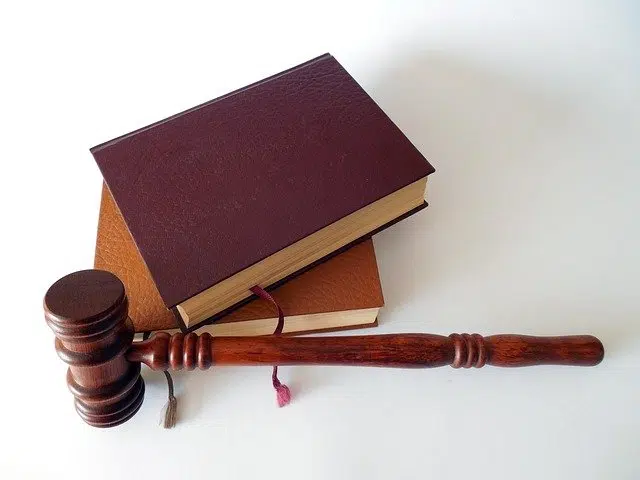
The regulation of an activity or a process is developed through rules.
Regulation is the action and effect of regulating (adjusting or putting something in order, regulating the operation of a system , determining norms). The term is often used as a synonym for regulations .
Regulation, therefore, consists of the establishment of norms , rules or laws within a certain area. The objective of this procedure is to maintain order , maintain control and guarantee the rights of all members of a community.
State regulation
Different organizations and institutions are subject to regulation by the State . Those who are regulated must abide by a series of already established rules to avoid committing a mistake or crime . That is why it is important that the authorities carry out adequate control to ensure adequate compliance with their current measures.
Some economic sectors or markets that are key to society are also subject to regulation. Transportation , for example, is usually regulated by the State to guarantee compliance with frequencies, respect for routes, rest for drivers, etc. If transport is not regulated, there is a risk that companies will act solely in defense of their interests and deprive passengers of their rights, leaving them incommunicado.
The energy sector is also usually under state regulation. In this case, the aim is to ensure that rates are not exceeded (depriving users of an essential service such as electricity) and that power outages do not occur. The regulation also supervises, therefore, that companies make the necessary investments to ensure the quality of the service .

By adjusting the flow rate of something, its regulation is carried out.
Setting a flow rate
In other contexts, we can speak of regulation when an adjustment is made to the flow of some substance , such as water or gas.
Many home heaters have a knob that allows users to increase or reduce the water pressure to reach the desired temperature without having to alter gas consumption, promoting savings and the responsible and measured use of resources.
Automatic regulation
Engineering conceives the principle of automatic regulation to control a particular state of a process , as occurs with certain heaters, aircraft whose routes are previously delimited, and automobiles that allow a maximum speed to be established. This concept is also known as control theory and focuses its study on the way in which dynamic systems behave (those whose state undergoes evolution over time), interpreting them as a block with an entry point and one of the exit points. exit.
It is common for the input to be a signal, both analog and digital, that is perceived at a certain point in said system. Throughout the intermediate blocks, a defined series of actions (known as jammers ) directly modify the signal. The results of the regulation that the latter undergoes within the system are reflected in the mathematical functions called transfer .
The reference to the output is known as the value of the input once it has been affected by the aforementioned transfer functions. In the event that some of the output variables must follow the magnitude of a reference that changes over time, the action of a controller is necessary to manipulate the values that enter the system until the desired results are achieved.
In general, an automatic regulation system is said to be stable when every bounded input in any period of time produces a bounded output (this is called BIBO stability , for bounded input bounded output ). When this condition is met, it is not possible for a system to explode ; In other words, if the input is finite, it cannot be the case that the output tends to infinity, regardless of time.
